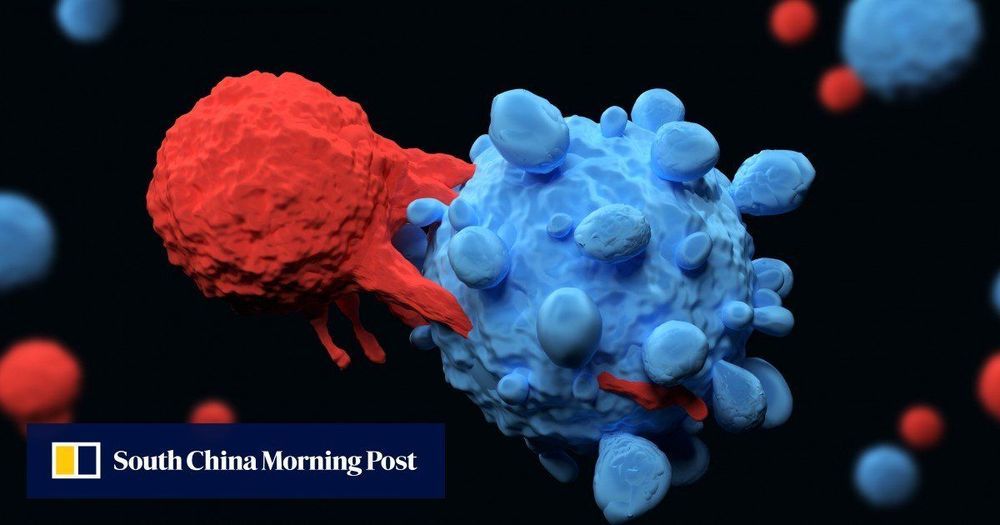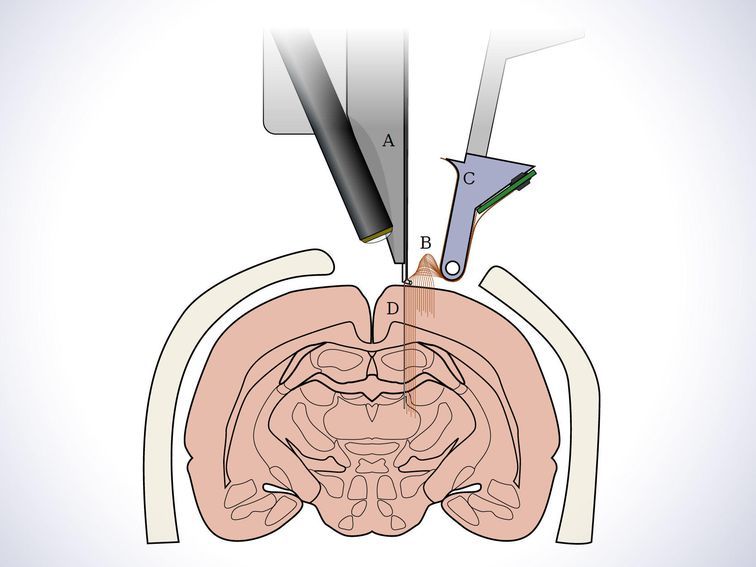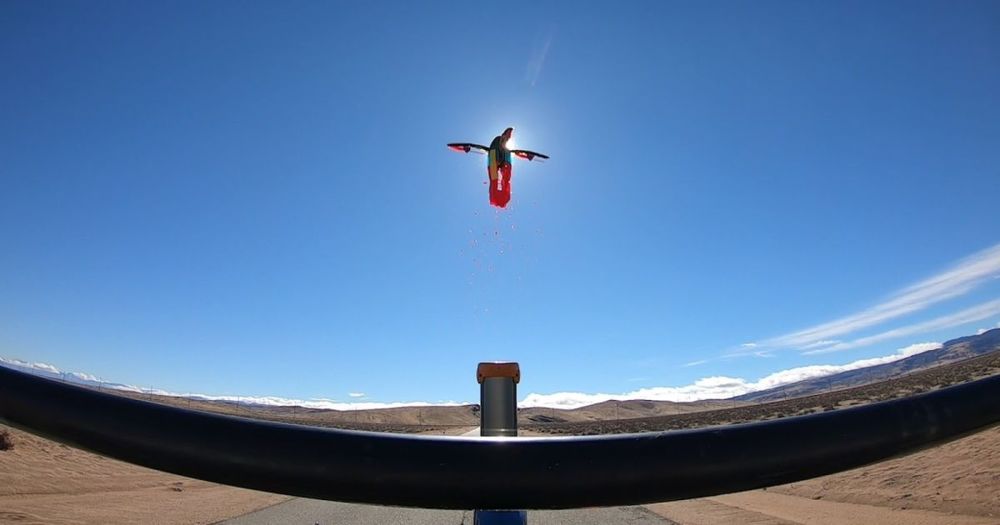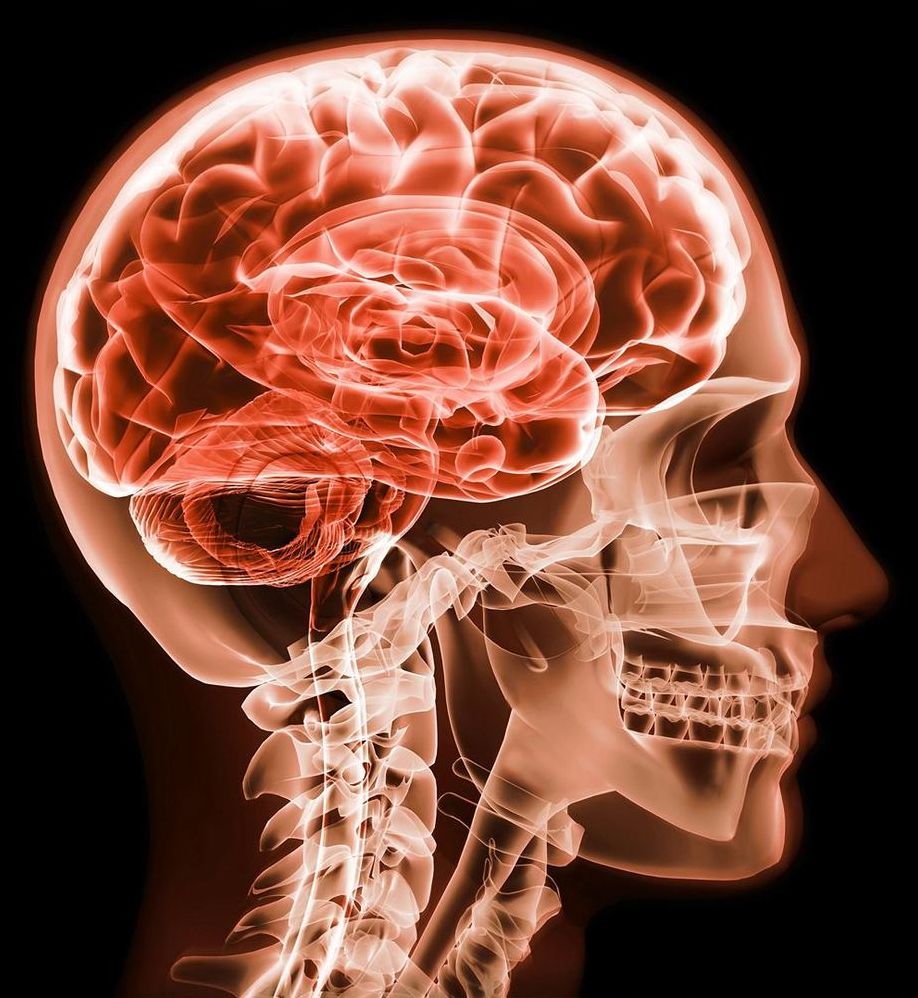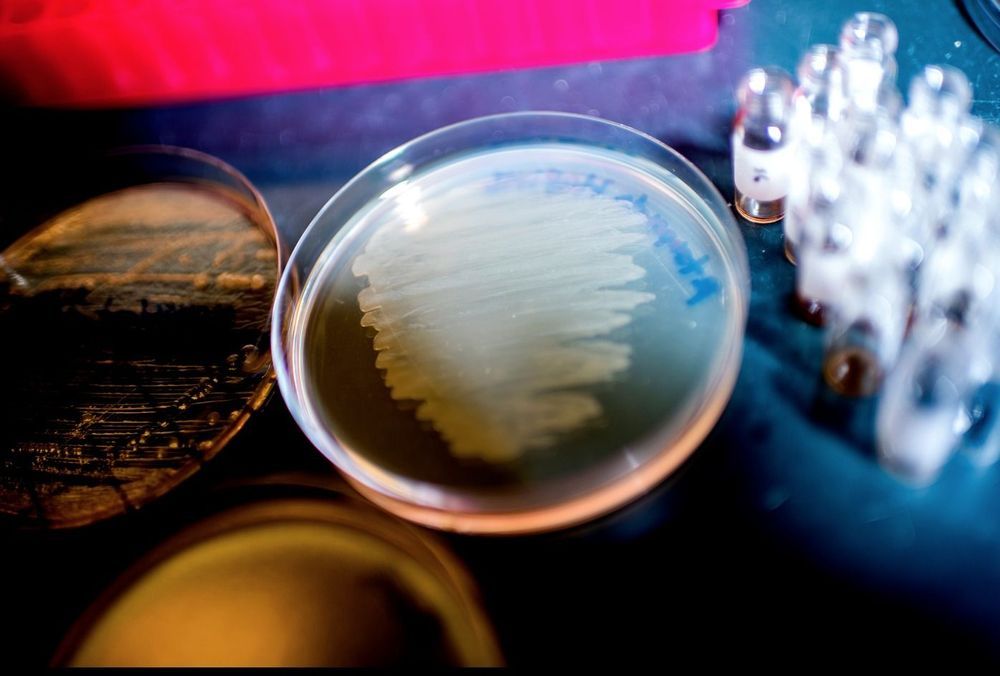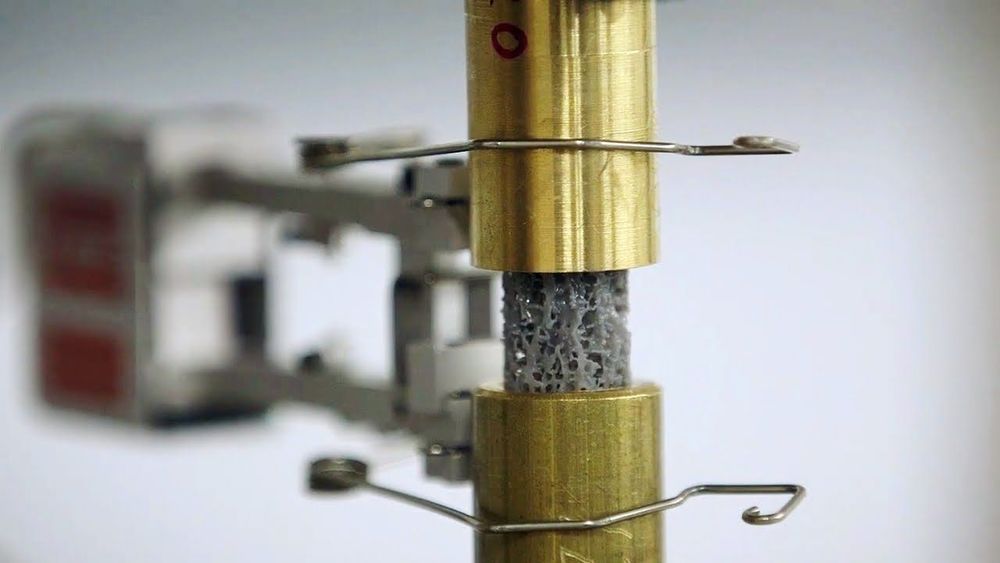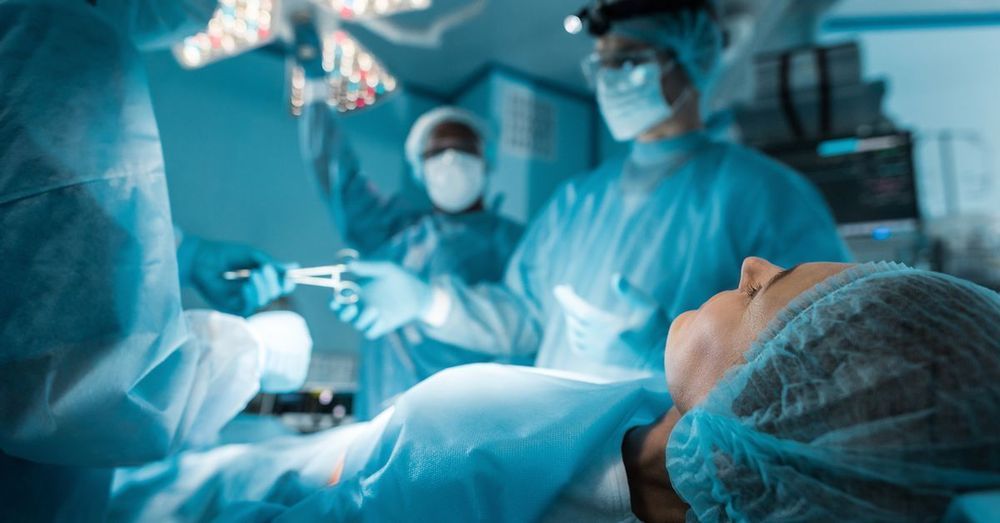Team from Guangzhou Institutes of Biomedicine and Health say technique was successful in treatment of mice.
A livestreamed event at 8 p.m. PT will offer a look at the startup’s progress developing a “brain-machine interface.”
Germany’s prized industrial robotics and automation sector is expecting a drop in sales this year for the first time since the global financial crisis, an industry body said on Friday.
The Mechanical Engineering Industry Association (VDMA) is expecting sales to fall by five percent to 14.3 billion euros ($15.8 billion) this year.
This would be the first drop since the 32-percent plunge seen in 2009 in the wake of the crisis.
Researchers launched a drone from a pneumatic baseball pitching machine strapped to a truck traveling 50 miles per hour. They hope this ballistic launch method might lead to drones that are better suited for emergency response and space exploration missions.
We’re currently in dire need of new weapons against infectious bacteria, especially those in a tough-to-kill class known as gram-negative bacteria. Now, researchers at Northeastern University have discovered just that, hiding in the gut of a tiny, soil-dwelling, parasitic worm. Tests on mice have so far proved promising.
For decades we’ve had the upper hand over bacteria, clearing out many infections fairly easily with antibiotics. But extensive use has led to an arms race between us and bacteria. As they evolve resistance to our best drugs, we develop new ones and use those until the bugs become resistant to those too.
But this cycle is starting to break down, and not in our favor. Developing new drugs is time and cost-intensive process, and bacteria are evolving resistances faster than we can keep up. There are now “superbugs” that are resistant to all known drugs. The situation is getting so bad that a recent report warned that superbugs could kill up to 10 million people a year by 2050, casting us back into the “dark ages of medicine.”
Cornell researchers have made a new discovery about how seemingly minor aspects of the internal structure of bone can be strengthened to withstand repeated wear and tear, a finding that could help treat patients suffering from osteoporosis. It could also lead to the creation of more durable, lightweight materials for the aerospace industry.
The team’s paper, “Bone-Inspired Microarchitectures Achieve Enhanced Fatigue Life,” was published Nov. 18 in the Proceedings of the National Academy of Sciences. Co-authors include Cornell doctoral students Cameron Aubin and Marysol Luna; postdoctoral researcher Floor Lambers; Pablo Zavattieri and Adwait Trikanad at Purdue University; and Clare Rimnac at Case Western Reserve University.
For decades, scientists studying osteoporosis have used X-ray imaging to analyze the structure of bones and pinpoint strong and weak spots. Density is the main factor that is usually linked to bone strength, and in assessing that strength, most researchers look at how much load a bone can handle all at once.
The news could someday mean the difference between death and life for people who suffer dramatic blood loss because of a stab or gunshot wound.
A lecture given in Wichita in October 2016.
Presented courtesy of the Riordan Clinic https://riordanclinic.org/events-archive/ivc-chronic-illness-symposium/
